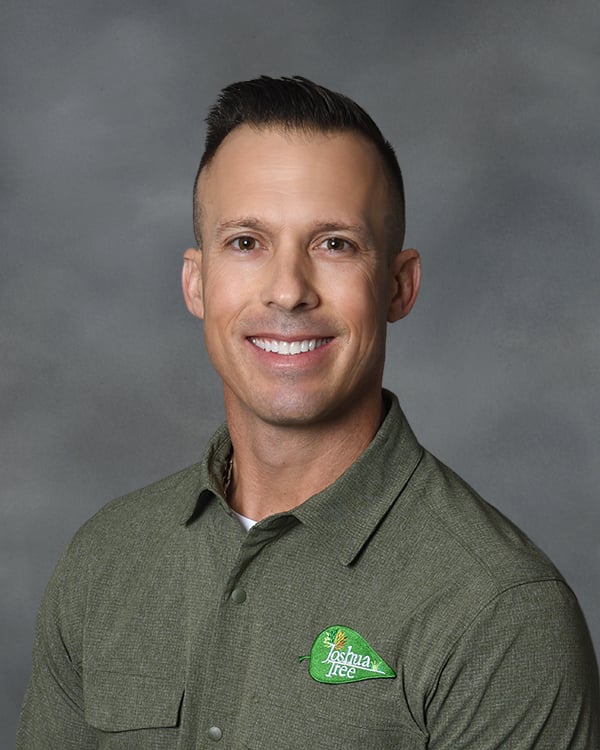Running safe job sites is absolutely imperative at your tree service franchise. But if you’re new to the industry (or maybe worked somewhere where tree service safety wasn’t prioritized), you might be wondering exactly what’s involved.
At Joshua Tree Experts, safety is part of what we call the “Joshua Tree Way,” and we can offer some tree service safety tips that have worked for us.
Ensure Everyone is Properly Equipped
Right off the bat, it’s important to stress that if your crew is not properly equipped with the right PPE and with high-quality equipment, then safety simply can’t be prioritized.
Tree service safety gear (PPE) includes everyday essentials like a helmet, eye protection, ear protection, gloves, proper work pants, and boots. There might also be instances where your crew needs to wear chaps. This is a national standard and it must be adhered to.
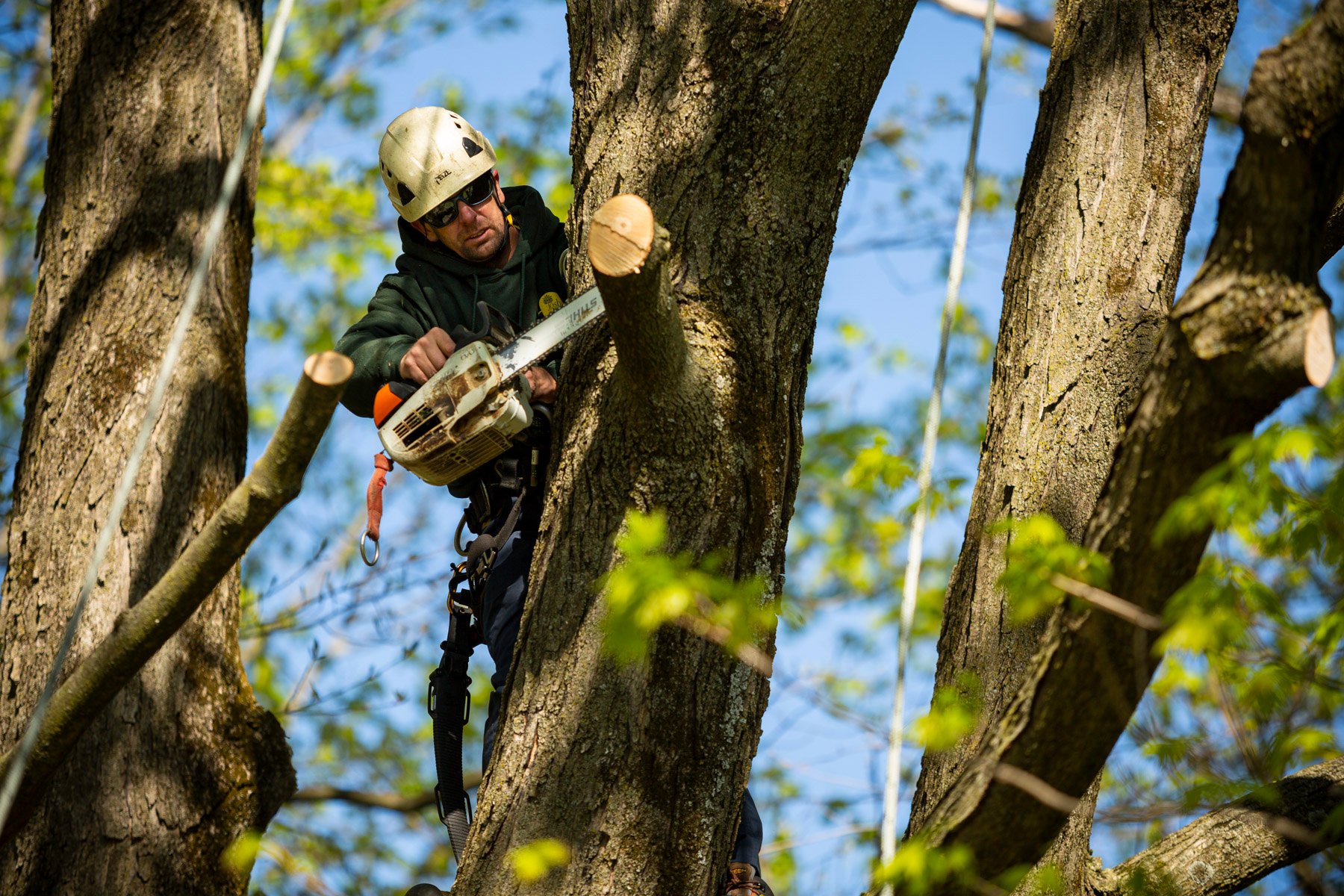
Even so, making this a priority comes from the top down. As a tree care franchise owner, you must be committed to equipping your crews with the best gear and equipment. This is something that we insist upon at Joshua Tree Experts. We know that fostering a culture of safety means setting our people up with the right tools.
For Joshua Tree Experts franchise owners, we do have a list of every piece of equipment on our trucks (down to even the style and types of rope we use), so that removes all the guesswork from your end. You won’t have to spend a lot of time researching the best and safest equipment because we’ve already done that legwork and can offer tried-and-true options.
Become a Member of Your Local ISA Chapter
It’s important to look into your local chapter of the International Society of Arboriculture (ISA) and join. We do a lot with this organization and have found that they are a tremendous resource when it comes to tree service safety information.
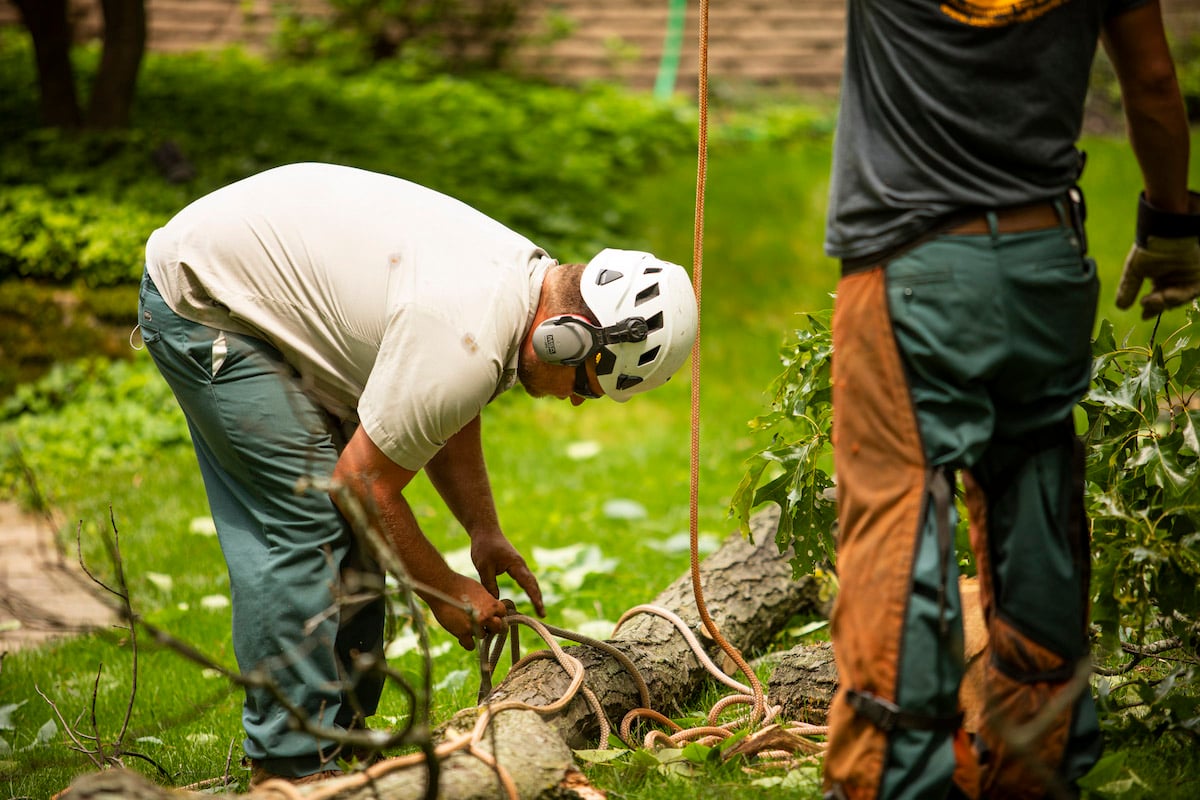
ISA is also the organization through which our team members earn their Certified Arborist credentials. Having Certified Arborists on staff will also naturally make your job sites safer because your team will know the right way to do things. This makes a huge difference when it comes to safe practices.
DOT Safety Training and EHAP Certification
Working in and around roads and electrical wires means following stringent safety rules in regard to these potential dangers. The Department of Transportation typically offers a traffic safety course that can help set you up for success. Look into what’s offered in your area.
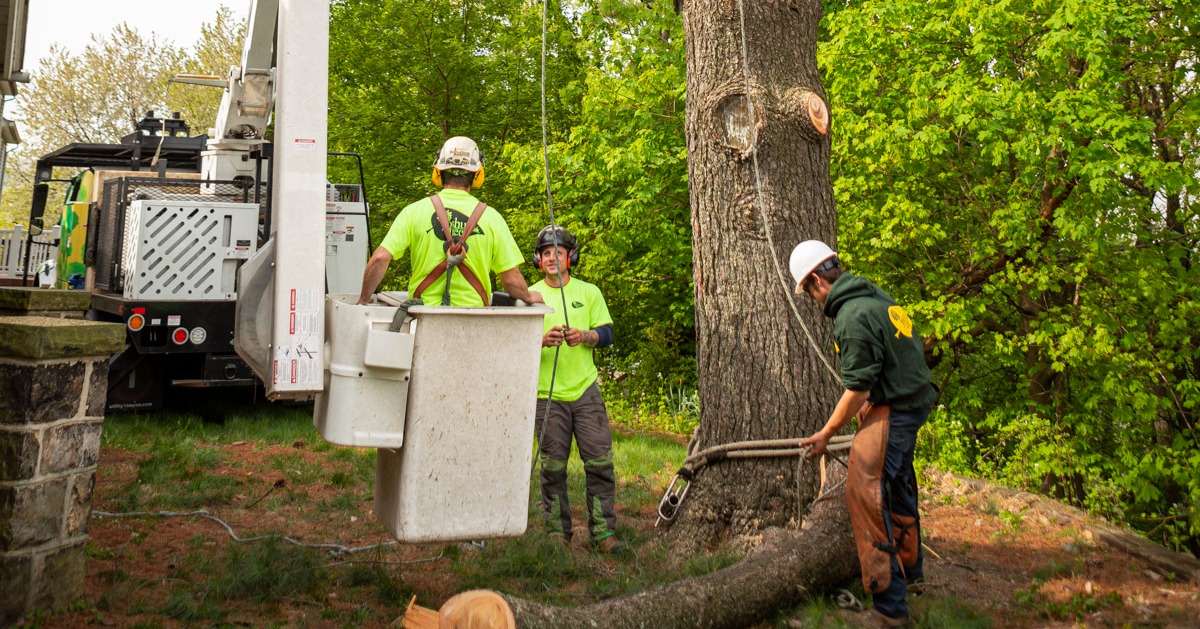
Similarly, the Electrical Hazards Awareness Program (EHAP) is offered through the Tree Care Industry Association (TCIA) and can ensure that your team is trained to recognize and avoid electrical hazards.
TCIA Tree Care Academy
Another vital tree service safety program that we believe in is TCIA’s Tree Care Academy.
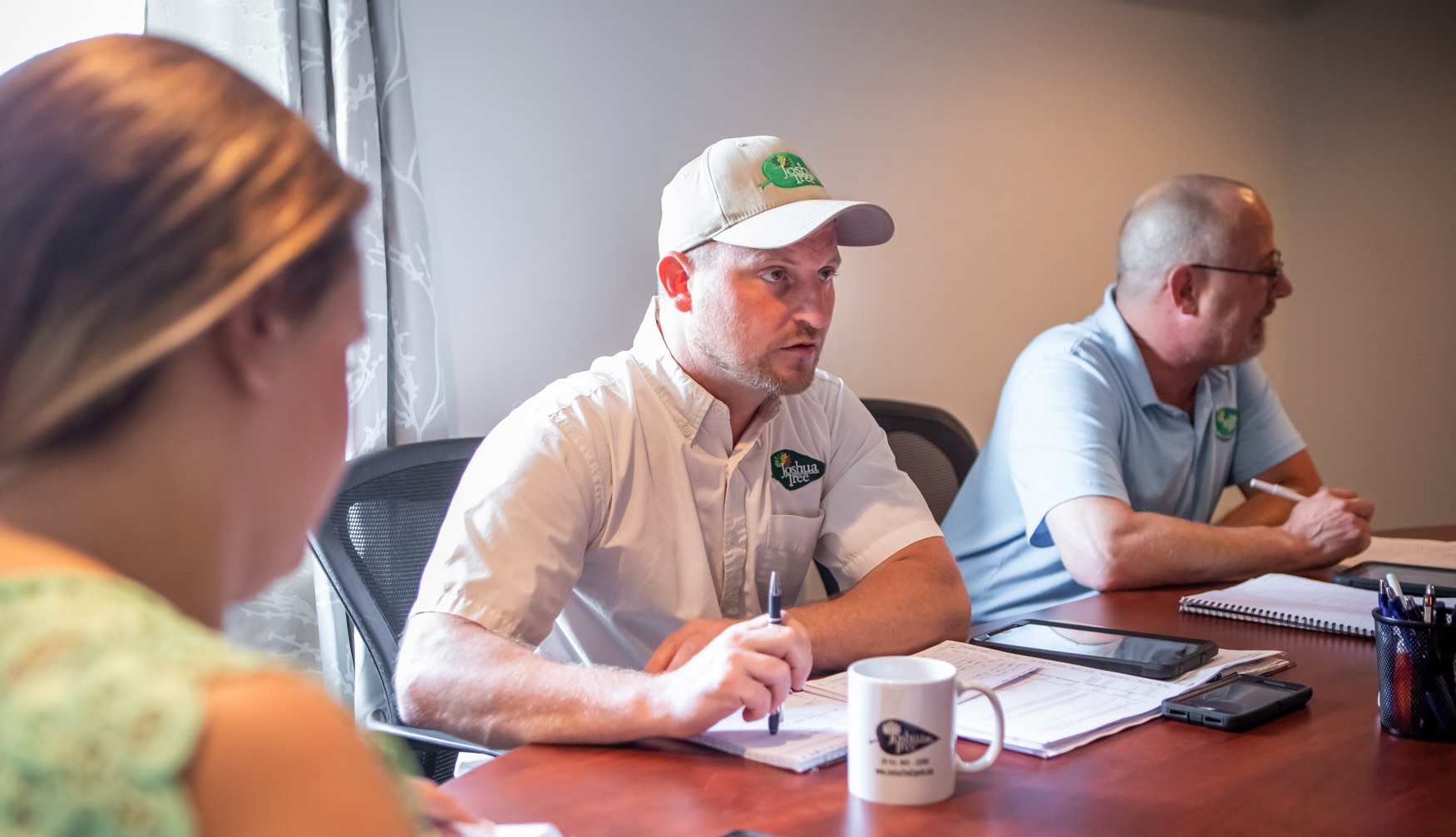
At Joshua Tree Experts, we use this to ensure that everyone from new team members to senior technicians is well-trained in tree service safety.
They have three levels of tree service safety programs (Foundation, Intermediate, and Advanced) since there is always room to learn and grow.
Hold Regular Tree Service Safety Meetings
Every department, every week should have a safety tailgate meeting where you bring up a topic and have an approximate half-hour meeting with the crew. This helps to set a precedent for safety and make it part of the culture.
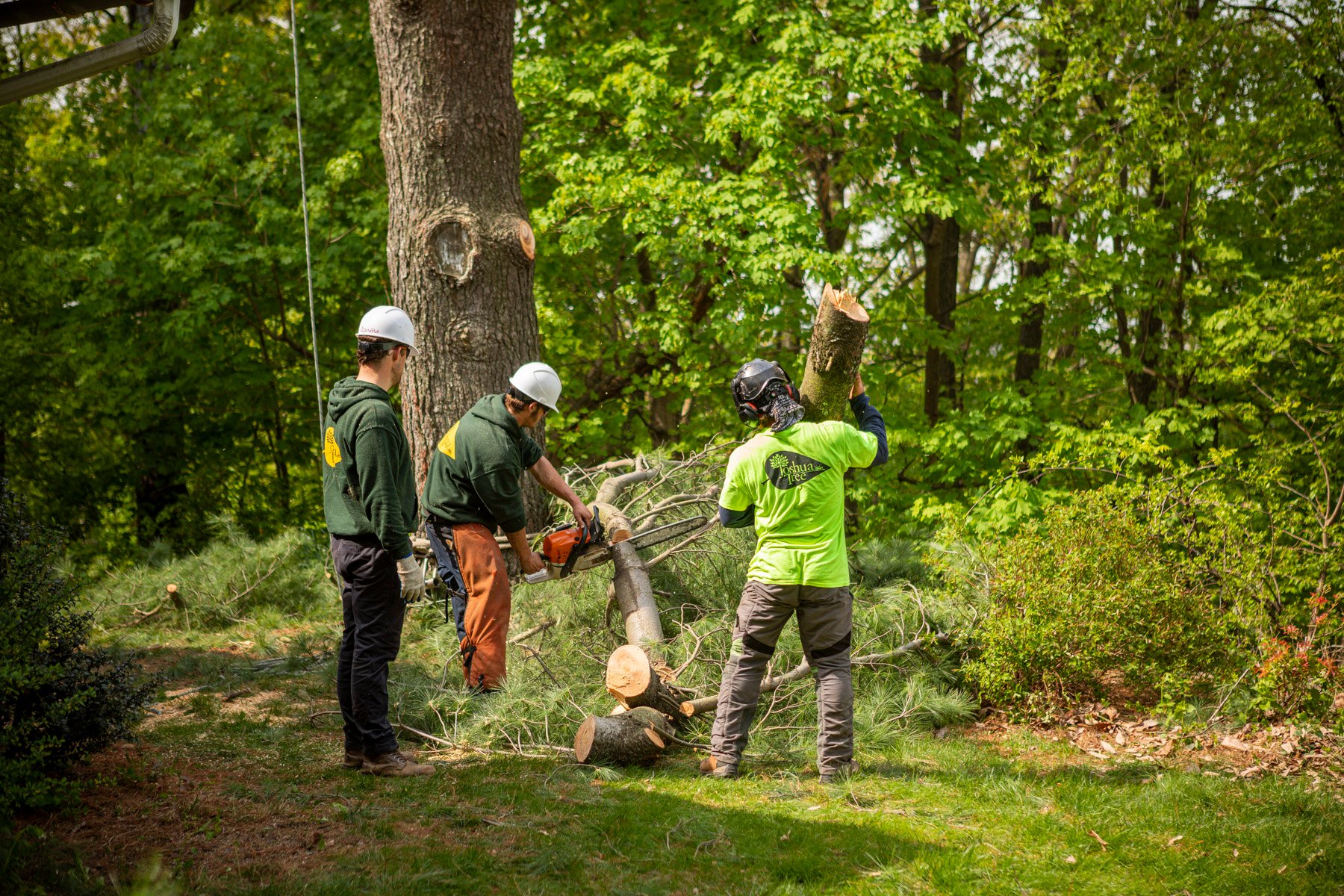
You can discuss timely safety matters (such as extreme hot temperatures in the summer or cold temperatures in the winter) as well as ongoing safety issues such as working around power lines, using equipment properly, and traffic safety.
Adhere to the ANSI Z133
This book, the American National Standard for Arboricultural Operations: Safety Requirements, is pretty much the Bible for tree service safety. It was developed for our industry under the procedures of the American National Standards Institute and we follow it closely.
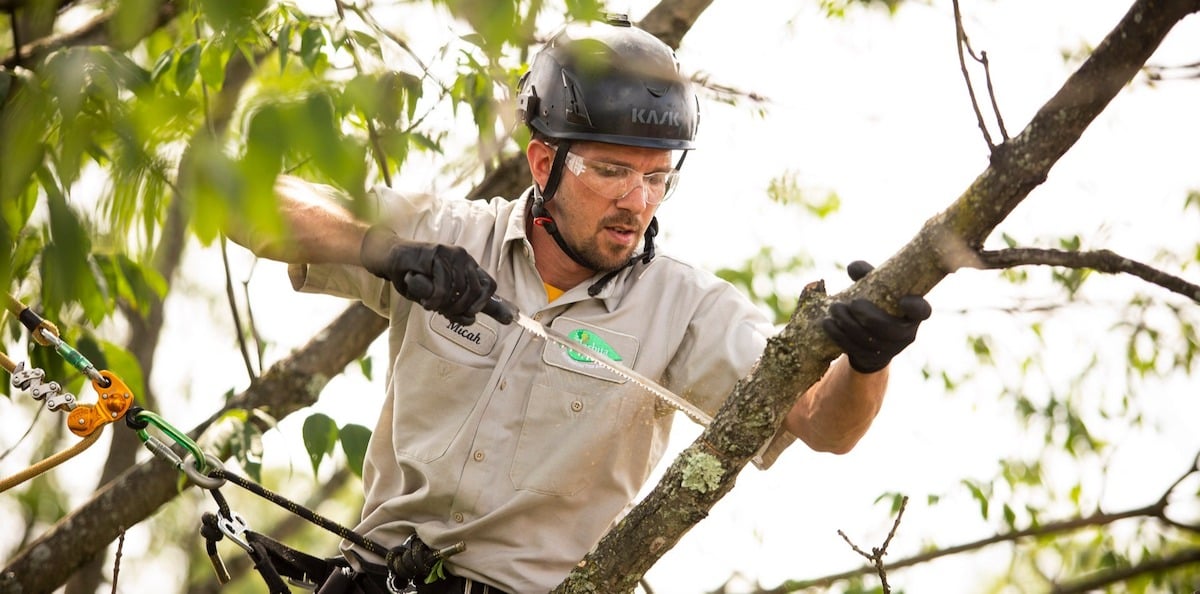
This book will tell you exactly what the safety requirements are for the tree service industry from a national standpoint.
Lean on Us for Help
Hopefully, some of these tips have helped. Many of these are national requirements but you’ll want to go beyond the bare minimum and make sure that you’re doing everything you can to prioritize tree service safety.
We know it can be a bit overwhelming but the good news is that if you’re a Joshua Tree Experts franchise owner, you can lean on us for help.
We already have all the processes and systems (that we know work) documented so that you can follow them. This includes documented processes for job site arrival so that you get everything set up safely. It also has detailed and documented processes for operating a safe job site and then packing up and leaving the site for the day.
Safety is just as important at the end of the day as it is at the start. Securing equipment and making sure bins and your trailer are locked properly are all important tasks before you hit the road.
We can walk you through all of this so that no detail is left uncovered.
We even have detailed training videos to help walk you through job site set-up from pulling in to leaving.
We know there’s a lot involved, but we’re here to help. We can teach you the “Joshua Tree Way,” which will help to set your company apart from the rest.
Are you ready to grow a successful business from strong roots? Joshua Tree Experts has proven systems and processes in place to help. Request a meeting and begin your journey today.
%20(1).png)
